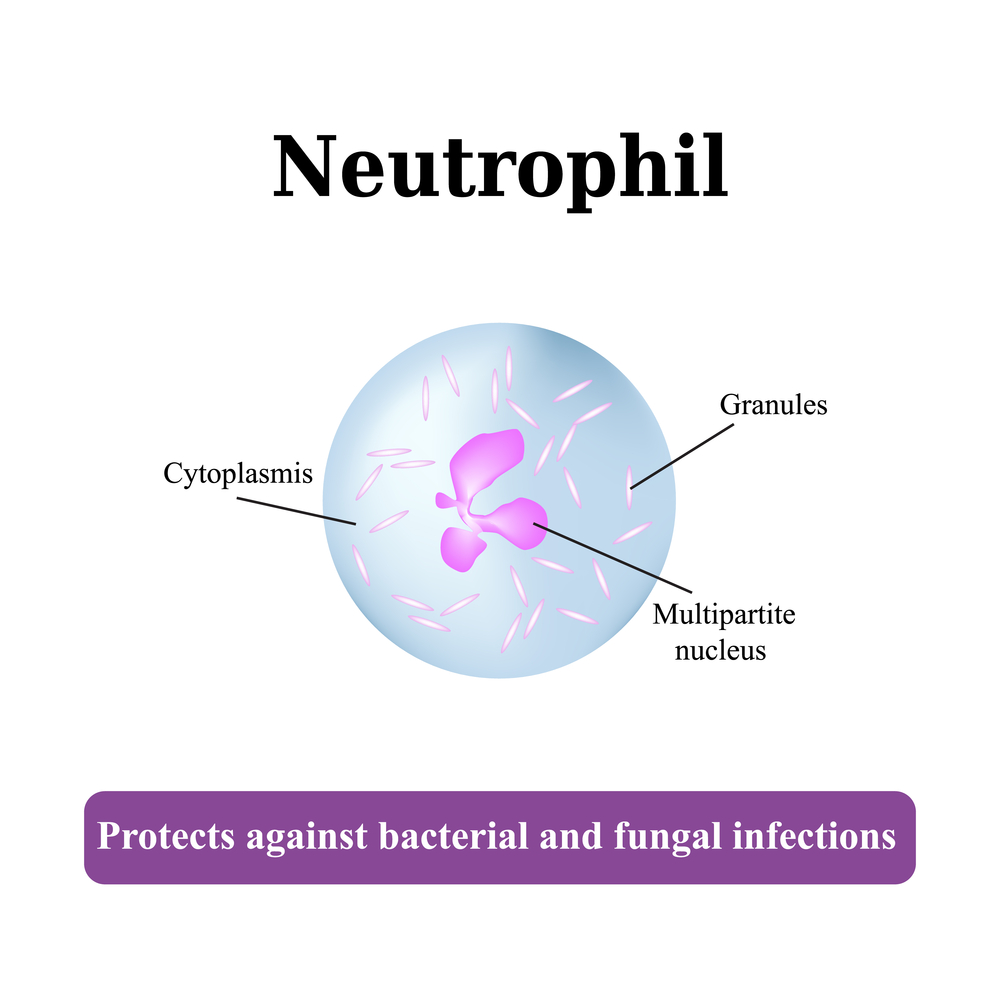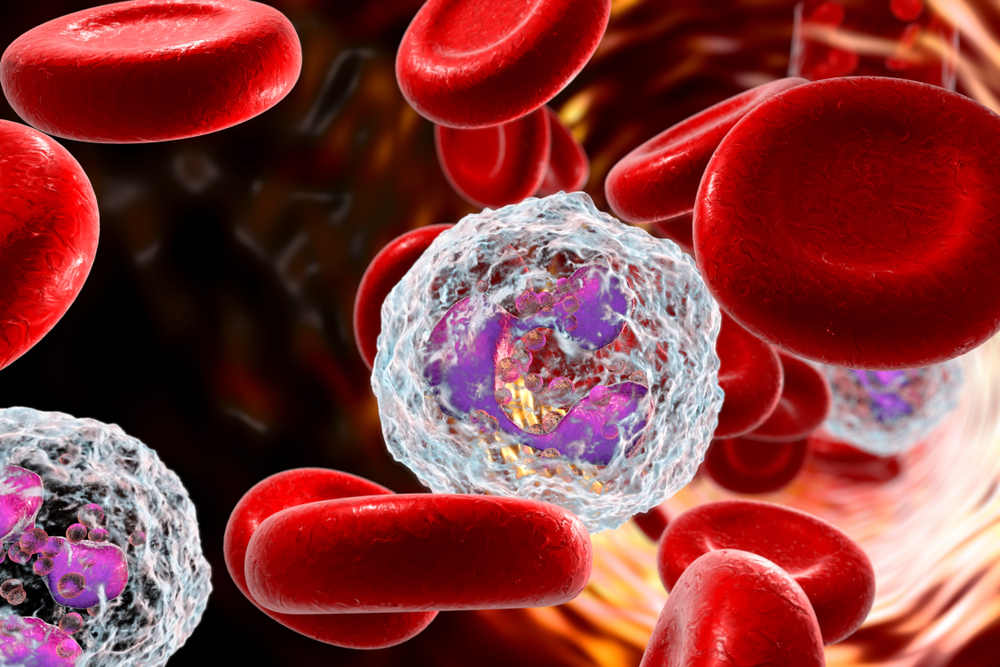Neutrophils: Essential Guardians of Our Immune System
Explore the vital role of neutrophils in immune defense, their formation in bone marrow, functions against bacteria, causes of low levels, and their involvement in autoimmune diseases. This comprehensive overview highlights their importance in health and disease, emphasizing ongoing research advances.

Neutrophils: Essential Guardians of Our Immune System
Throughout evolution, multicellular creatures have developed complex immune defenses to fight pathogens. A crucial component of this defense is neutrophils, specialized immune cells that engulf and destroy bacteria. Although they are highly effective against bacteria, neutrophils are less effective against viruses. These cells are predominantly found in higher animals, whereas insects rely on innate immune responses. Neutrophils comprise 50% to 70% of white blood cells, forming a vital part of our immune defense system.
What are neutrophils?
Produced in the bone marrow, located in long bones' spongy tissue and hip bones.
Derived from stem cells within the marrow, neutrophils, along with basophils and eosinophils, share lobed nuclei and are classified as polymorphonuclear cells.
They are named for their neutral pink staining properties.
Your bone marrow dedicates 50-60% of its resources to neutrophil production.
Normal blood levels of neutrophils range from 40% to 70%.
Understanding neutropenia (low neutrophil count)
Conditions causing reduced neutrophil levels are termed neutropenia.
Neutropenia can stem from congenital issues, infections, medications, or treatments.
Causes of neutropenia include:
Genetic disorders such as Kostmann’s syndrome and myelokathexis.
Medical treatments like chemotherapy and radiation therapy.
Infections including tuberculosis, hepatitis, HIV/AIDS, malaria, and vitamin B12 deficiency.
Sepsis, which depletes neutrophils rapidly.
Other causes involve leukemia, autoimmune disorders, certain medications, and hypersplenism.
Key functions of neutrophils
Primarily, they combat bacterial infections by migrating from blood vessels to infection sites.
They are highly mobile, reaching infection sites within minutes via chemotaxis—a process guided by chemical signals.
Recent studies reveal a mechanism called neutrophil swarming, a coordinated immune response involving communication among neutrophils.
Neutrophils kill bacteria by engulfing them through pseudopodia and releasing antimicrobial substances during degranulation.
They also form NETs—net-like structures of chromatin and antibacterial chemicals—that trap and kill bacteria effectively.
Neutrophils and autoimmune diseases
Neutrophils can cause tissue damage by promoting inflammation.
Research shows they contribute to autoimmune conditions like atherosclerosis by degrading fibrous tissue and fostering lesion development.
Modern findings suggest neutrophils are a significant source of autoantigens, influencing autoimmune disease progression.










